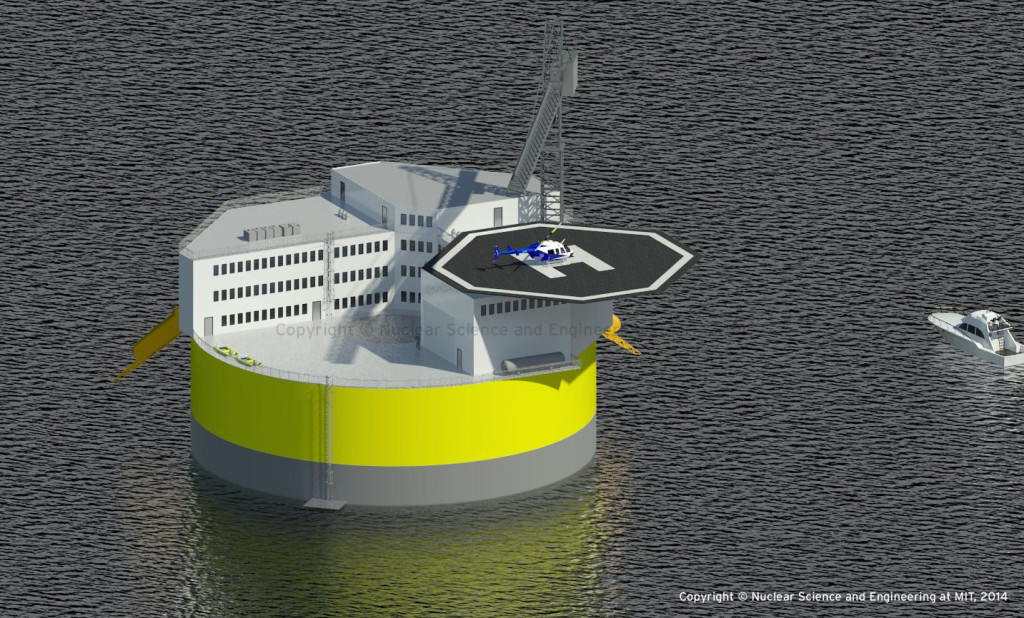MIT Nuclear Fusion Reactor
MIT reactor gets a second shot at producing unlimited clean energy
Nuclear fusion is the holy grail of scientists (and politicians) as it could produce limitless free energy without nasty consequences like meltdowns and radioactive waste. Though nobody’s been able to build a reactor that produces more energy than it consumes (except arguably one time), scientists are still trying, with three experimental reactors currently in operation in the US. One of those, however, has been in the Obama administration’s cross-hairs: MIT’s Alcator C-Mod reactor. The White House decided to chop that program back in 2012, calling it too small, outdated and a vanity program for MIT, according to the Boston Globe.
Instead, the White House wanted to divert funds to the promising ITER tokamek fusion reactor. Though located in France, US researchers would have a direct line to the massive project, which aims to help transition fusion from the experimental phase to a practical reactor. Once MIT found out that its own reactor would be cut, however, it mobilized its lobbying arm, and convinced local congressman Michael Capuano that it was worth saving. He recruited a group including Senator Elizabeth Warren, which pitched other other representatives on the merits of the project. They emphasized the patriotic angle by showing a map with hundreds of subcontractors in 47 of 50 states which supplied the project.
In the end, the Senate decided to throw $22 million MIT’s way to keep the project alive until 2016, while chopping ITER funding by $25 million. One skeptic pointed out that such funds would be used by MIT for a five week experiment by 12 graduate students. “This would be $1.5 million per student.” Still, the reactor has now been re-started with a ceremonial button push by Senator Warren.
======================================
MIT Offshore Floating Nuclear Plant group to crowdsource ideas for new reactor design
A team led by Jacopo Buongiorno, an associate professor of nuclear science and engineering at MIT, in collaboration with researchers from the University of Wisconsin and the Chicago Bridge and Iron Company, is developing a new concept for an offshore nuclear power plant on a floating platform, much like the ones commonly used for oil and gas production.
The concept proposes a plant that can be built in a shipyard and towed on a floating platform to a site where it can be anchored a few miles off the coast in relatively deep water. There, it can be connected to the grid via an underwater transmission line. The plant would be unaffected by earthquakes and would also “ride out” tsunamis, which have low wave heights in deep water.
In addition to centralized construction these plants would provide easier siting and enhanced safety: Proximity to the ocean heat sink assures that reactor cooling can be maintained reliably and without external intervention, even during hypothetical accidents.
The group has launched an MIT wiki webpage to crowdsource design ideas for the new nuclear plant concept. The webpage describes the current design along with areas the researchers would like to address through crowdsourcing. These areas include any aspect of the design, strategies for dealing with ship collisions and possible underwater attacks, and proposals for any aspect that may not have been addressed by the current concept.
The group has announced a call for proposals and is encouraging students to contribute individually or in teams, and is offering prizes for winning ideas.



